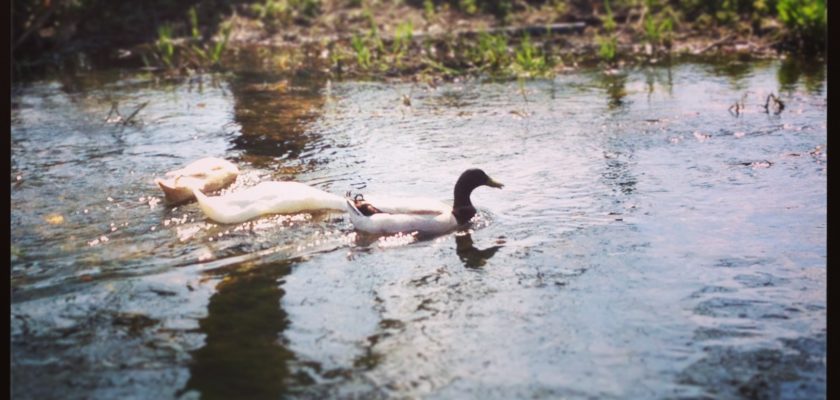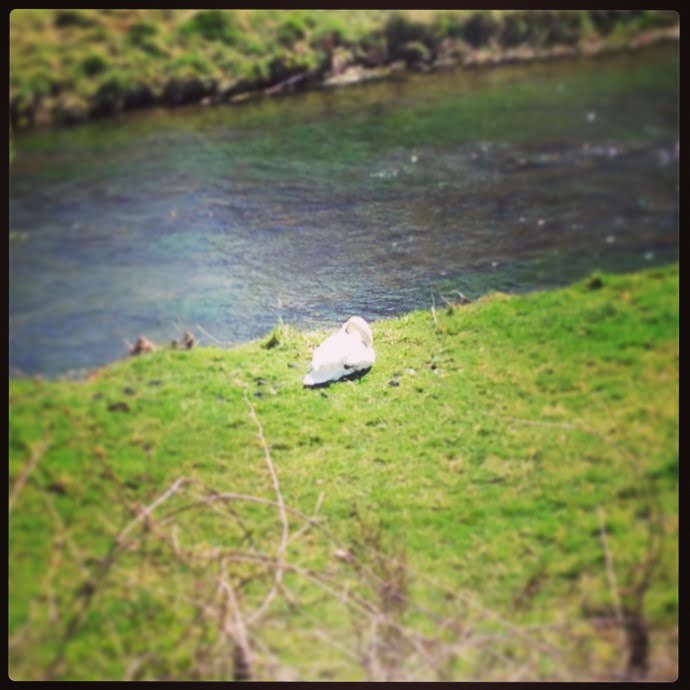
Our little friend! @ Eynesford Ford
Well hidden within a secret pocket of Kent!
Where better to celebrate the life and death of the patron saint of lovers? Even out in the wilds of the countryside there is no escape from Valentine's Day, a time when according to ancient lore birds choose their mates and we exchange love tokens. It seems that every creature is in the mood for romance as the days are becoming longer and the sap begins to rise in anticipation of spring's imminent arrival. So why not indulge your loved one with a bracing walk in the Kentish countryside followed by a superb dinner in front of a flickering log fire in one of the many country inns in and around Eynsford. So much nicer and much more original than roses and chocolates!

Simon Brandon 1 @ Eagle Heights
Mirroring the River Darent, which today is a remnant of its former size Eynsford has over the years become seemingly smaller. Although it is now the size of a small town, in its outward appearance is that of a large village; a mere shadow of its former glory. You would be forgiven for thinking that this is a bad thing however you are very much mistaken. Eynsford has all the charms that one would expect to see on a chocolate box picture and much more besides! Set in an area of Outstanding Natural Beauty, Eynsford is the jewel in the crown. Pretty colour washed and timber framed houses compete for attention with quaint pubs and a village ford complete with humped back bridge.
Time has left Eynsford remarkably unchanged, in fact if you walk through the town you have a feeling that the only things to have altered are the inhabitants. Eynsford is definitely not a museum piece but a living thriving community. In the summer children wade in the shallow river that prettily wends across the ford. The river is a peaceful place in summer, clear water reveals the small fish that now thrive in the clean water and compete with the ducks for the offerings of bread from the many visitors. The hump-back bridge is medieval with two low arches separated by a bold cut water that use to protect the structure from what was once a fast flowing often flooded river. Despite the size of the bridge and it's antiquity it is still in use today but only for small vehicles narrow enough to pass between the low walls. Lorries and coaches have no other option but to splash across the ford and hope that the water is not too deep and that they don't stall.
The village has taken its name from the ford across the river, originally it was known as Aegen Ford, Aegen being an Anglo Saxon family name. Although the village is assumed to be of Saxon origin there is a very impressive Roman Villa at nearby Lullingstone, so it is easy to assume that Romans must have used a ford across the river at the same point on their journeys to London and beyond.

River Darent by an impressive 9-arch red-brick viaduct. @ Eagle Heights
Buildings have changed with the passing of time but one thing that hasn't are taxes! In Edward the Confessors time Eynsford was worth approximately £16 in yearly taxes but this soon rose (not quite as fast as today!) to the grand sum of £20 or the equivalent under the Normans.
Very little remains from the Saxon period apart from the name Eynsford, and the area around the castle which was used as a defensive site during Saxon times. The remains of which can be found down a small, half hidden lane opposite the Castle Inn. The lane leads to what many would delight as a set of romantic ruins; this is all that is left of one of the earliest examples of a Norman stone enclosure castle. William de Eynsford started building what was once an impressive structure in 1088.The lower parts of the remaining walls have survived from the eleventh century the rest of the remaining structure dates from the thirteenth century rebuild.
During the reign of Henry II a namesake of William's seized the local church from one of the protégées of Thomas Becket, the Archbishop of Canterbury. It wasn't a wise move and he was promptly excommunicated. This offended Henry II as this particular William de Eynsford was one of his friends; but it certainly wasn't the straw that broke the donkey's back and led to Beckets ultimate murder in Canterbury Cathedral.
The Archbishop became too big for his boots and thought that he had more power than the king; definitely not a wise way to behave at that time!
Close by is another castle called Lullingstone which is in fact an historic family mansion. Although mentioned in the Domesday Book the present house was built in 1497 and is still home to the same family, the Hart- Dykes. One of whom hit the headlines in 2000 when the intrepid plants man and explorer Tom Heart Dyke was kidnapped whilst searching for orchids. Out of everything negative something positive must grow and the result of Tom's ordeal is the inspired World Garden.
It is surprising to think that Eynsford closely mirrors the river – it may look quiet on the surface but as the saying goes “still waters run deep” and they certainly do here. A peaceful little town closely entwined with the events and the people that shaped England's history.









Comments